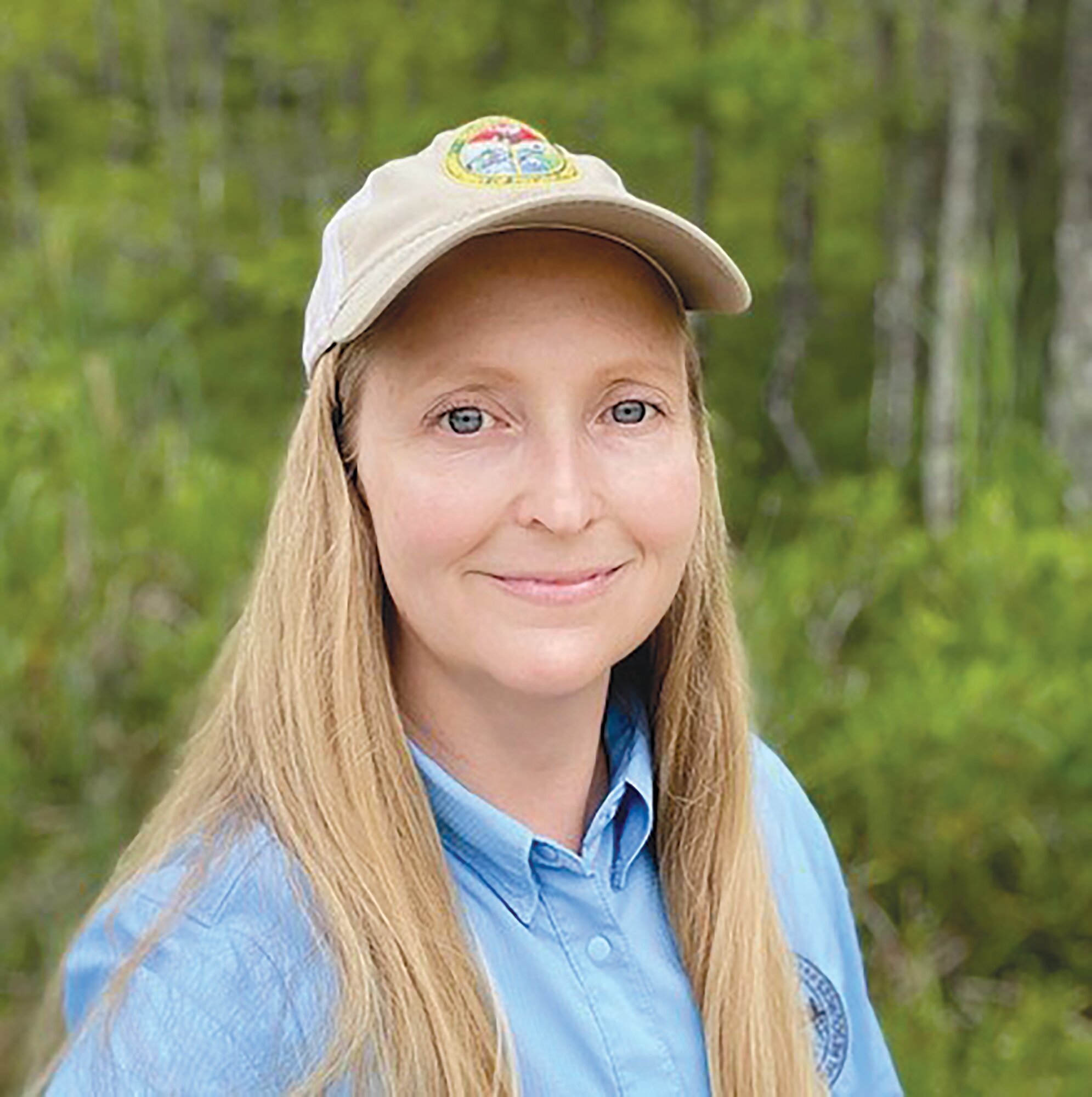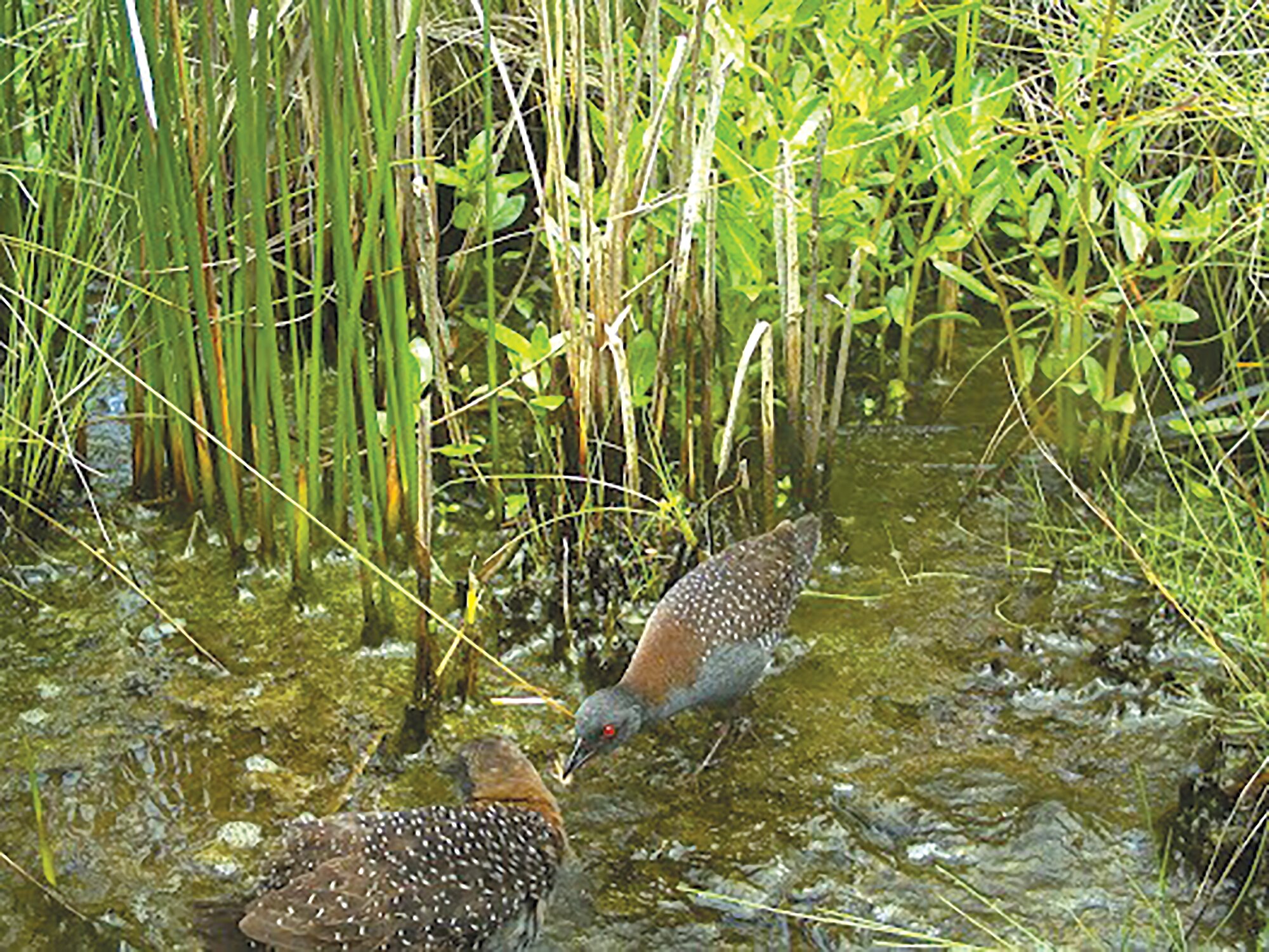SCDNR biologist recognized as Recovery Champion for work on rare marsh bird
When biologist Christy Hand first came to the South Carolina Department of Natural Resources in 2011, she had never heard of the black rail; almost no one in South Carolina had.
Understanding the rare, disappearing marsh bird quickly became one of the centerpieces of her career - and in time, she established one of the country's foremost research and conservation programs for black rails.
Now, the U.S. Fish and Wildlife Service has honored her work with a 2023 Recovery Champion award. Each year, the service recognizes employees and partners for outstanding efforts to conserve and protect endangered and threatened species of fish, wildlife and plants. Hand is this year's Southeast Region Champion, about whom the service wrote the following:
"For nearly a decade, Christy Hand has been at the forefront of conservation and recovery efforts for the federally threatened Eastern black rail, conducting cutting-edge research, designing and implementing comprehensive monitoring programs, informing habitat restoration initiatives and increasing public awareness among many other activities. Hand's research on the breeding ecology and molt phenology of the rail in South Carolina has filled critical knowledge gaps for the subspecies and developed methodologies that are now the standard of research."
The Eastern black rail is a dark, sparrow-sized marsh bird that inhabits coastal states from New Jersey to Texas, as well as inland in Colorado. Historically, the species was far more widespread - but habitat loss and other threats have dramatically reduced its population. In 2020, the service listed the Eastern black rail as federally threatened under the Endangered Species Act.
Coastal South Carolina remains a bright spot for the species in the Southeast, but Hand's pioneering research has shown just how precarious that position is. In 2021, her team published findings from a camera trap study that identified that molting, when the birds grow new feathers and temporarily become flightless, coincides with hurricane season. As coastal storm and flooding events become increasingly frequent and severe, molting presents an especially vulnerable time of year for black rails.
With the knowledge gained from their camera trap work, Hand and her team have now begun to test different ways to manage habitat for black rails on both public and private lands.
Fortunately, Hand is no longer alone in her efforts to understand and protect these elusive marsh birds. Thanks in large part to her work, the species is familiar to far more South Carolinians these days, many of whom have become passionate advocates for the bird. A new working group led by Hand, South Carolina Black Rails, has begun mobilizing the energy of a team of public and private organizations and people who are dedicated to black rail conservation in the state.
"Any species would be lucky to have Christy Hand as an advocate in its corner," said Morgan Wolf, fish and wildlife biologist with the U.S. Fish and Wildlife Service's Ecological Services Recovery Planning Team. "She has a unique ability to build consensus and buy-in for the Eastern black rail from a variety of stakeholders by exemplifying humility, capability, resilience and kindness."
More Articles to Read




